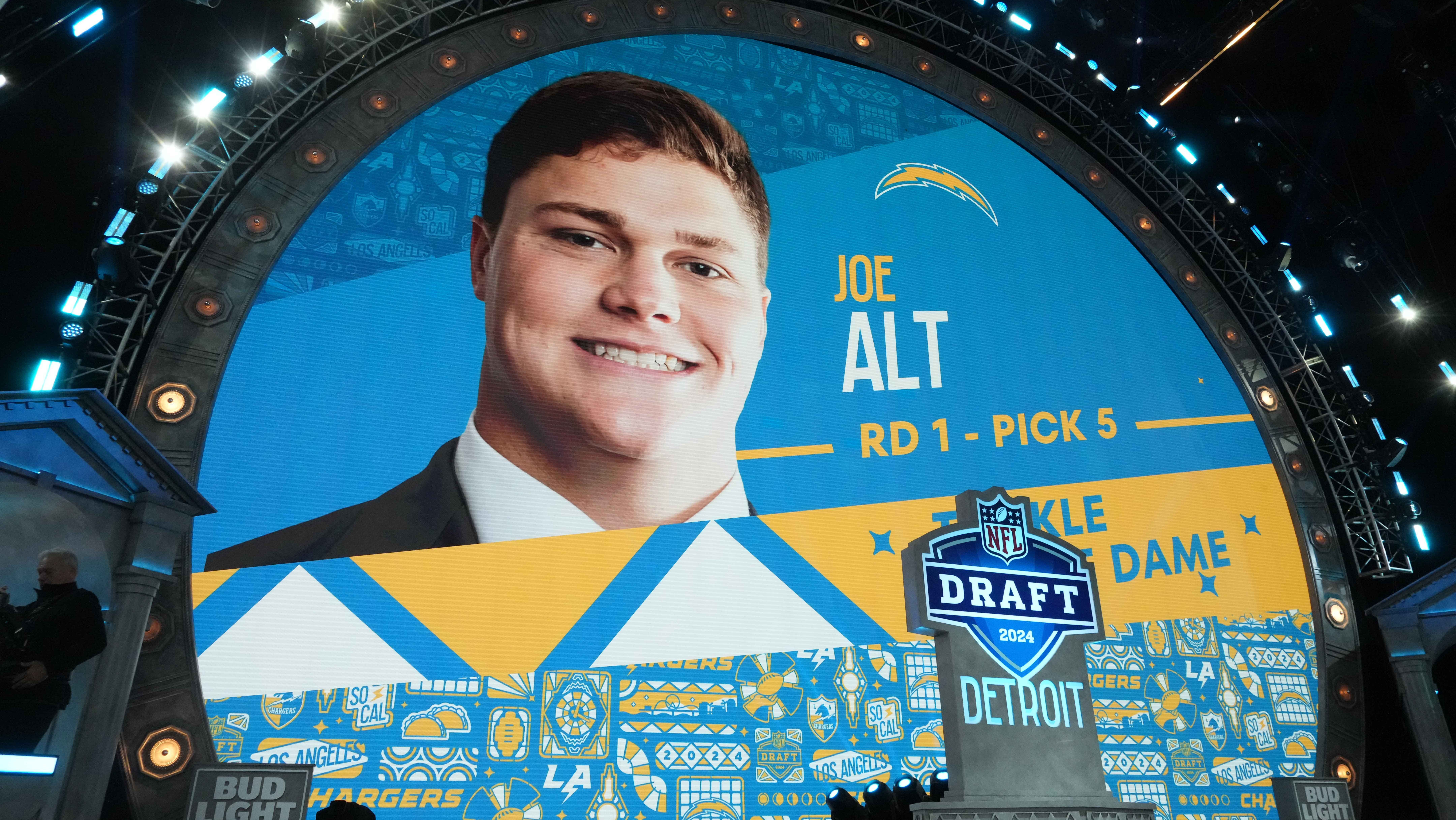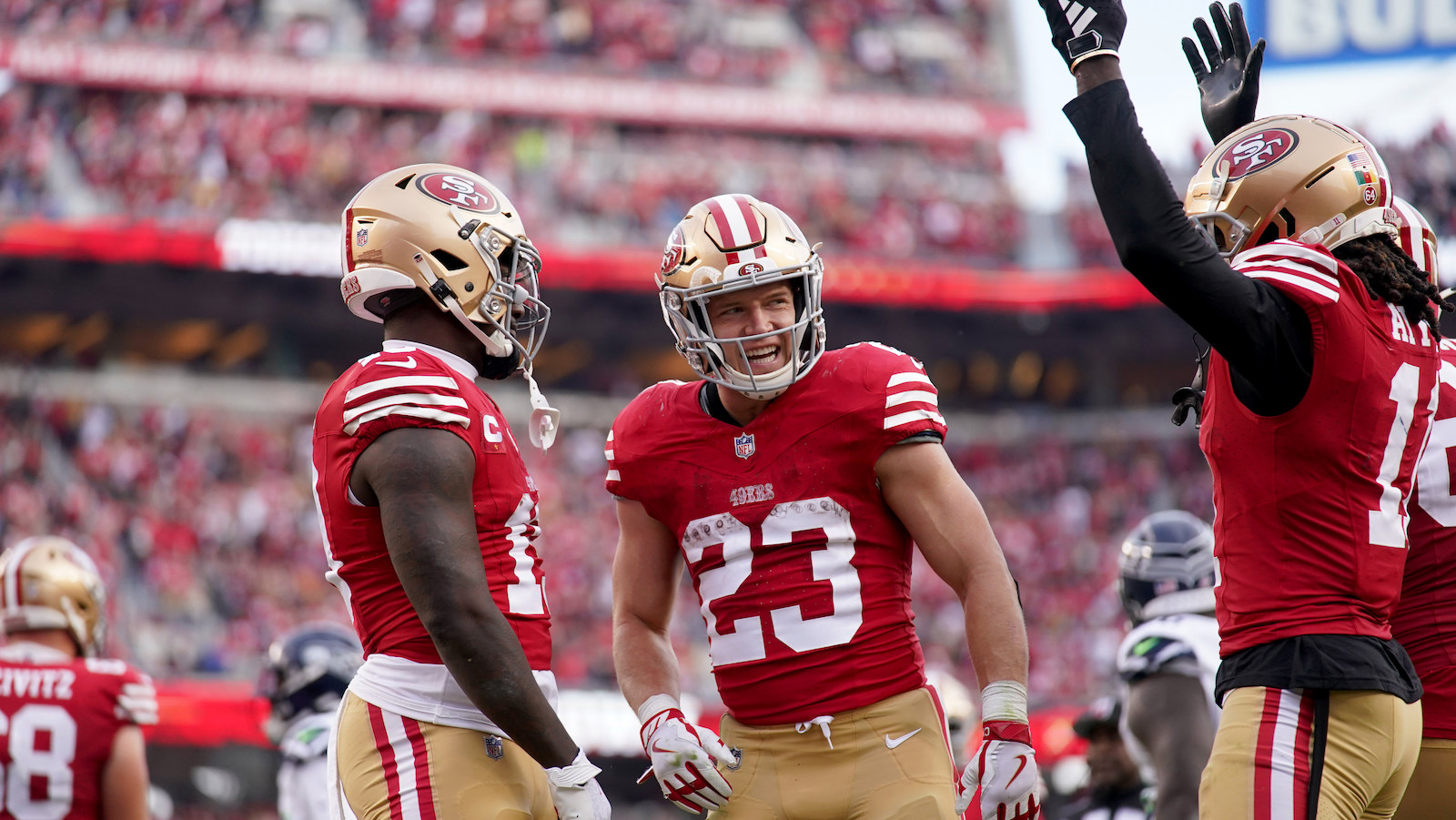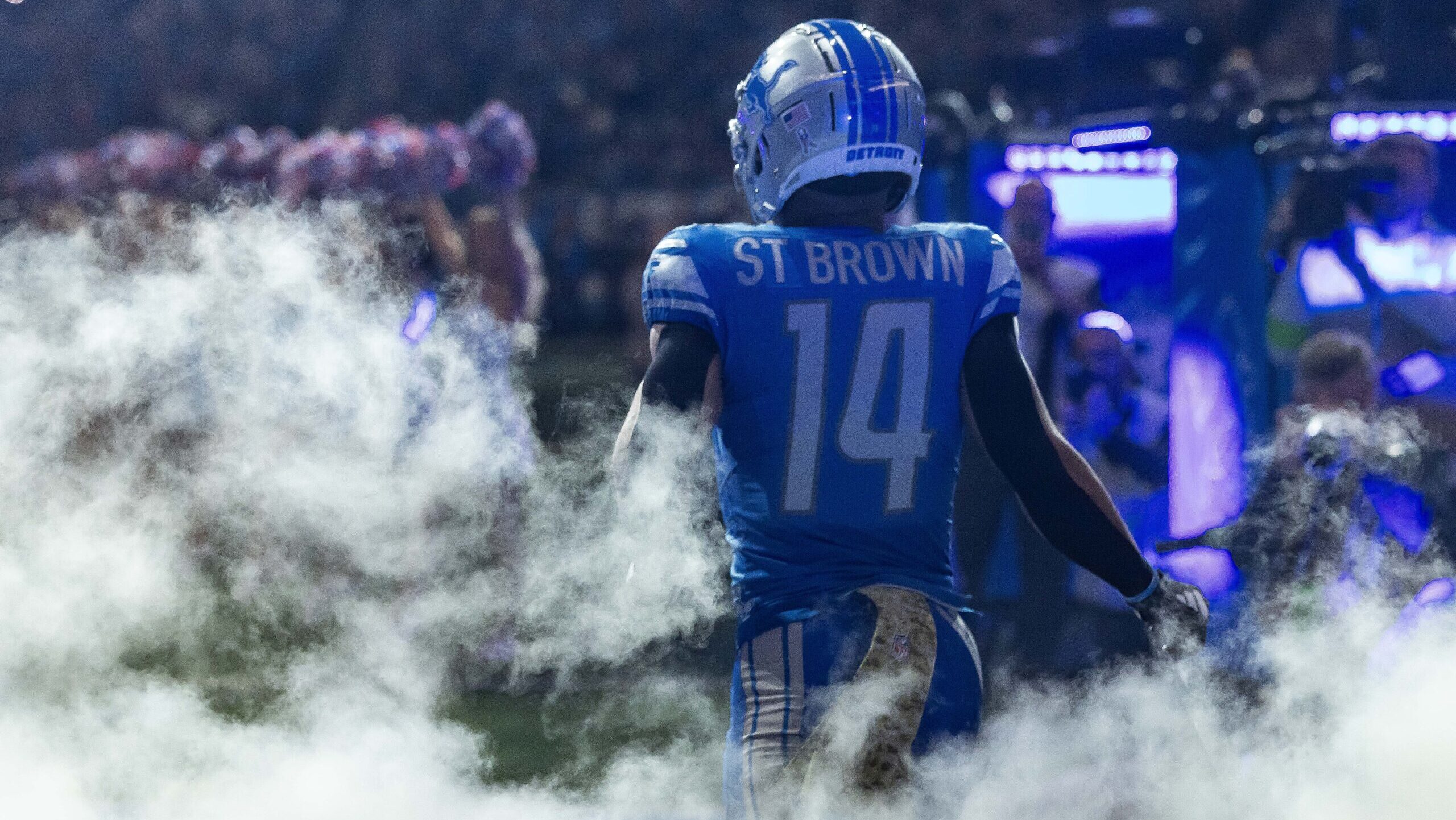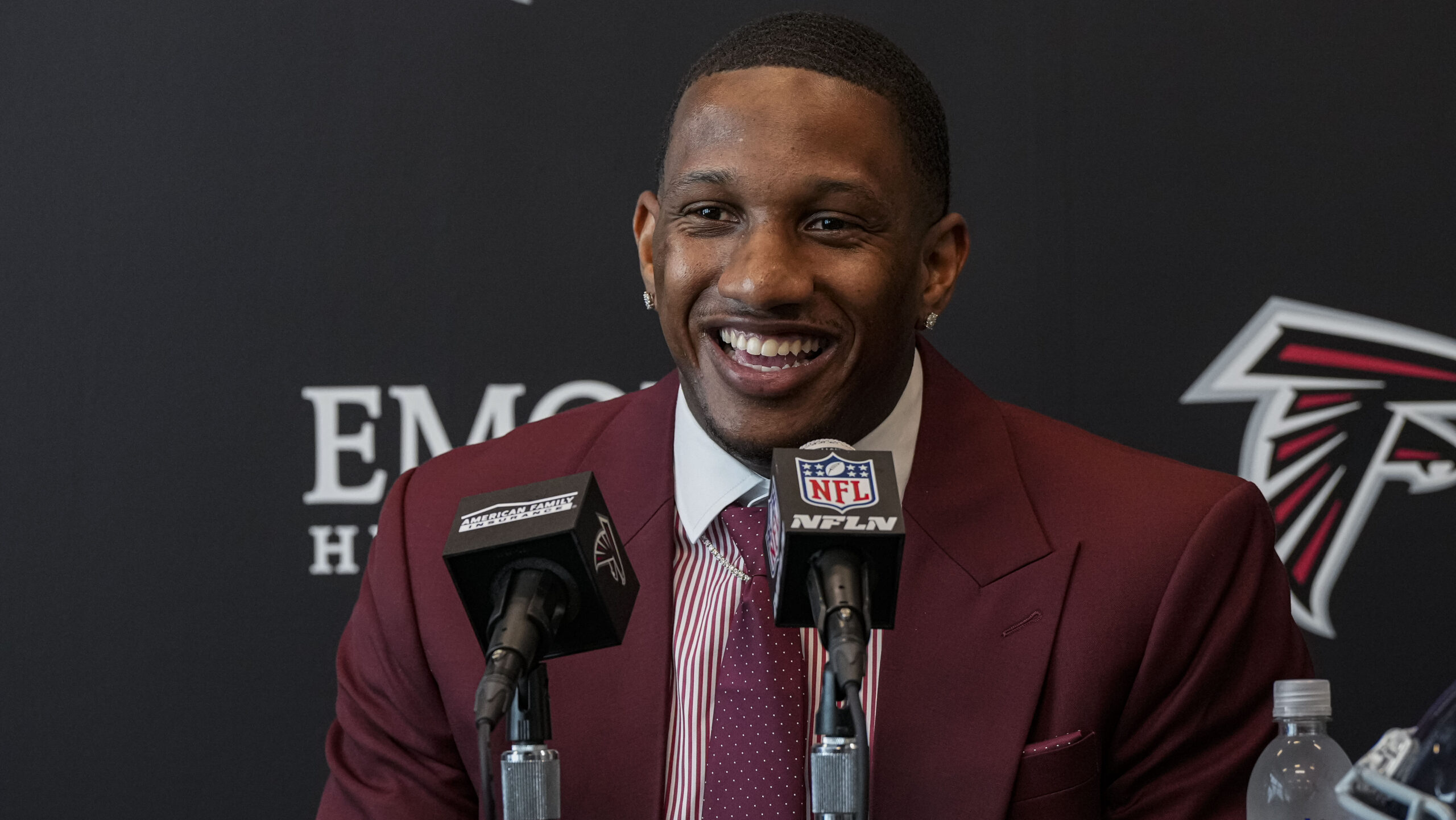Expert Analysis
8/1/23
7 min read
How Players, Coaches, Executives Approach Training Camp
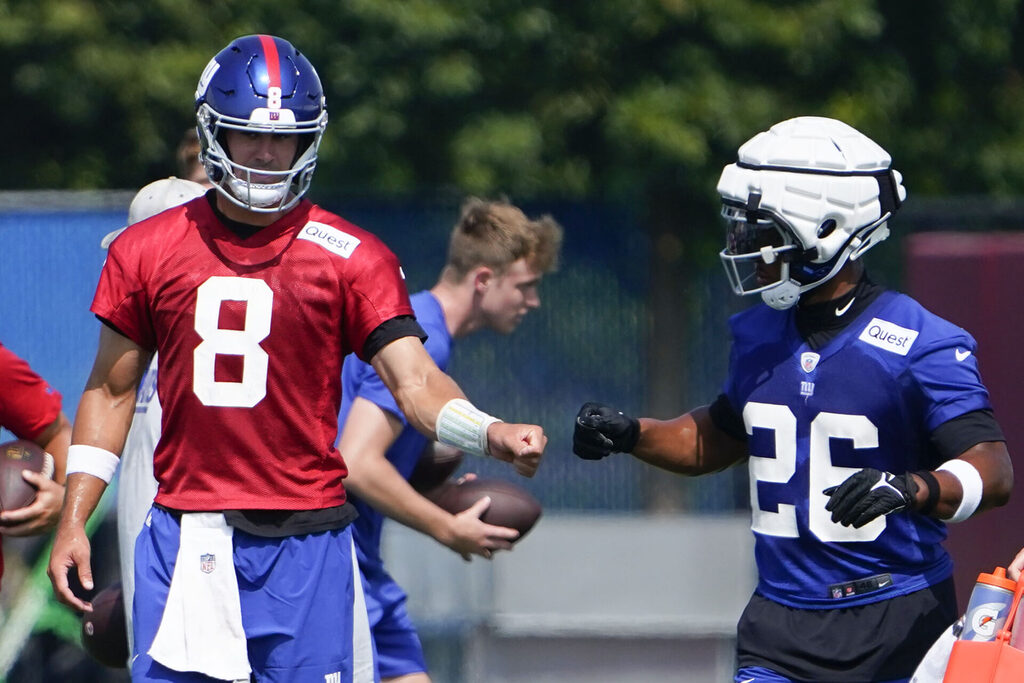
Training camp is in full swing. The NFL christened last Saturday and Sunday "Back Together Weekend."
That is a nice marketing slogan, but it is far from the truth.
Administrators, coaches and players view training camp through different lenses. For executives and administrators, camp is a mixed blessing. You have your team on the field and can begin an intense training and evaluation period. On the other hand, you lose a lot of sleep over inevitable injuries.
Dealing With Injuries
Every general manager's worst nightmare is the injury that occurred to All-Pro and highly-paid Miami Dolphins cornerback Jalen Ramsey last week. He suffered a serious knee injury in a 1-on-1 drill and will miss a significant portion of the regular season.
As the old saying goes, "You can replace the roster spot but not the player."
We all recognize that injuries are part of the game, but the loss of a player in preseason is disheartening to everyone. That is why coaches preach publicly and in team meetings, "Next man up."
They know they will have a difficult time replacing the talent of a top player, but they don't want any players focusing on the loss for more than a brief period. You have a season to play no matter what, so you hear coaches echo the old military mantra, "Treat the wounded and keep on marching."
The personnel department has a ready list at every position and stays in contact with many players who are "on the street." They have injury replacements available on short notice.
For the coaches — both the head man and assistants — training camp is the start of a seven-day, 100-hour-per-week marathon. Much of the time management of training camp has already been scripted by the head coach and coordinators. They have planned every minute of every day in camp.
Nothing short of a national or natural disaster will change that plan. That is why most clubs and coaches prefer to stage camp at their facilities rather than a distant college or prep school. In this electronic age, all your infrastructure is available and/or fixable with no loss of time. Every team has an indoor facility so as not to miss a minute of precious practice time due to inclement weather.
From a strategic point of view, the first three weeks of camp are a repeat of what was installed during OTAs. The difference is camp contains full contact. Every rep is competitive, filmed and evaluated. As our late, great defensive line coach in Indianapolis, John Teerlinck, used to say, "You are either learning or competing, and every minute of your day is being evaluated."
Every drill in camp is designed to rehearse and repeat individual and team techniques, plays and strategies. That is what football practice is. Today's players are often reminded of the mantra of Vince Lombardi, uttered nearly 70 years ago: "Practice does not make perfect. Perfect practice makes perfect."
Practice Rules
Different head coaches have different approaches to camp. The league office and NFL Players Association have (via the CBA) circumscribed greatly what teams can and cannot do in camp. Without boring you with legalese, here are the highlights:
Teams can only practice with pads and contact once per day and no more than three days in pads in a row; there are no more of the legendary two-a-days.
Only one practice per day can be at full speed. The other must be at a thud or jog-through tempo. This is defined in the CBA as "Pro Bowl tempo." That sentence was written by someone who probably never witnessed a Pro Bowl practice, which is literally a walk-through. In this second practice, no helmets are worn.
Teams can't be on the field for more than two hours in the first practice, except for stretching and warmup, and for no more than 90 minutes in the second. Certain drills, such as "Bull in the Ring" and the "Oklahoma Drill," are prohibited.
Both are decidedly old-school in nature and result in head-to-head contact. These drills are more about building physical toughness than skill and have little value. As far back as the 1980s in Buffalo, we did away with them.
Dante Scarnecchia, the great former Patriots offensive line coach, said, "If they are not physically tough when they get to us, they won’t make it."
New rules notwithstanding, tempo, intensity and meeting length are controlled by the head coach. Some coaches require high effort and intensity in every single drill. Others go at it at a reduced tempo from time to time. There's more than one way to skin a cat.
The object of the CBA rules is to limit contact and wear and tear on the players. Football people generally don't care for these rules and — coupled with three rather than four preseason games — it is harder to prepare teams for the regular season.
Fans and media don't seem to mind. Players love this regimen and, in the end, that's all that counts.
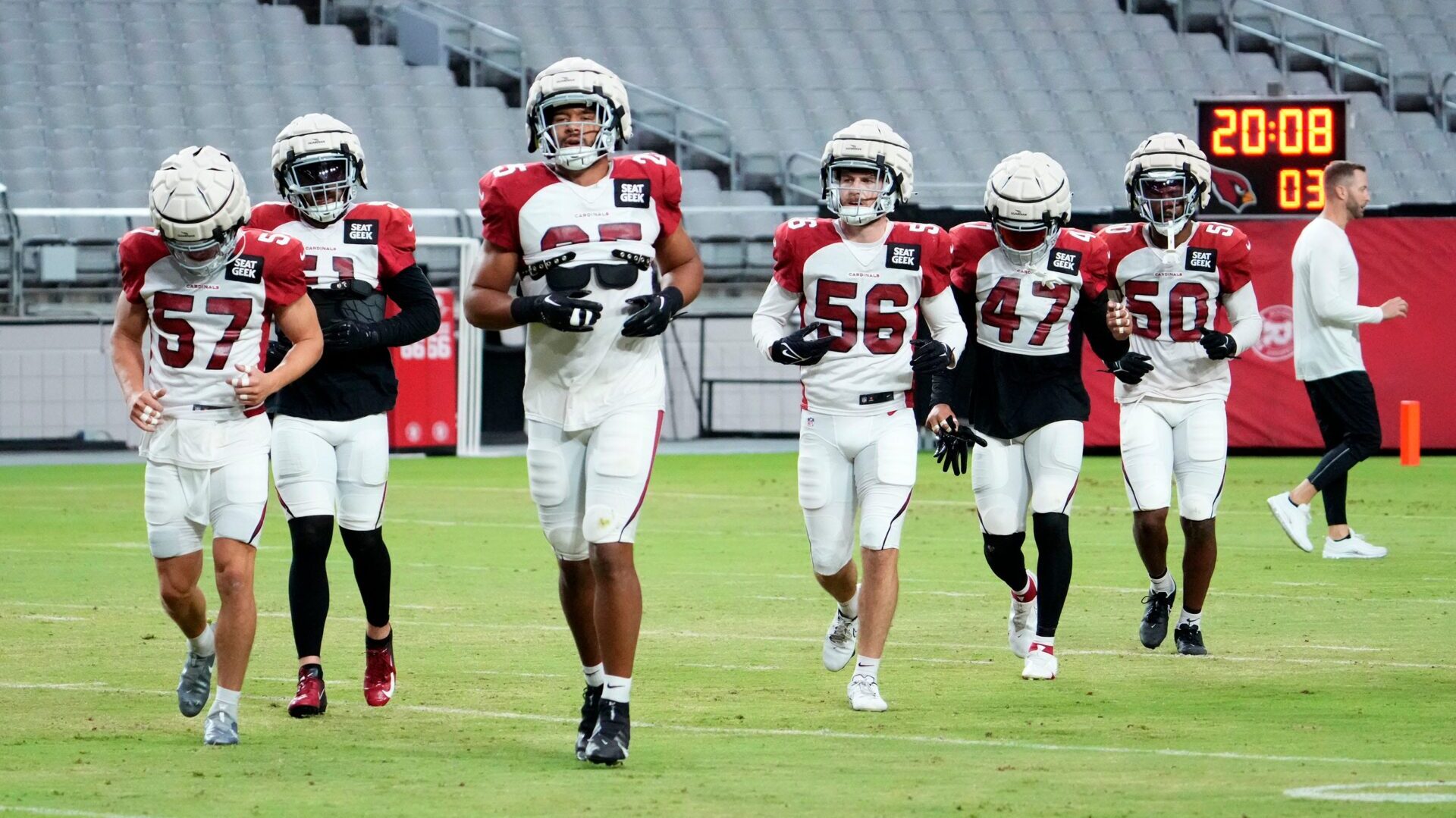
Player's Perspective
The players view training camp very differently than executives and coaches. In reality, depending on where players stand on the depth chart, their perspective of camp will vary. Returning starters and/or veteran free-agent starer-level acquisitions are relatively secure. Depending on the head coach's approach, this group will get fewer practice reps and limited reps in fewer preseason games. These players consist of about 40 percent of the 53-man roster.
Backups, veterans and newcomers are fighting for a job and an NFL livelihood. They have no choice but to go all out all the time. They cannot afford an injury that would cause them to miss time. It is not uncommon for these types of players to conceal injuries and try to play through them. This group is fighting for preseason game snaps.
The third group is rookies. The first- and second-round choices are usually safe, but all others, at least on clubs I was with, were on a prove-it basis. Most rookies are overwhelmed by the NFL and struggle to adapt.
Knowing this, coaches don’t count on them to play at a winning level, despite what the draft industrial complex has told you. Most clubs expect the first- and second-rounders to be contributors as backups. Everyone else comes with low expectations, and the coaches while expecting and demanding maximum effort, understand rookies need time to develop.
Playing time for backups and rookies in preseason games is limited. There are only three games rather than the previous four. The starters must get enough reps to be ready for the long season. For the backups and rookies, every play in every camp practice is crucial.
A lower-round or undrafted free-agent rookie who shines in preseason practice earns preseason game reps. If he continues to play well in the games, he will become "a sleeper who played his way into an NFL job."
An example of such a player was Bills fourth-round pick Andre Reed, who parlayed a tremendous rookie camp into a Hall of Fame career.
For players, "Back Together Again," like most marketing slogans, rings somewhat hollow. Training camp is an arduous, demanding six-week job interview for most players.
As told to Vic Carucci
Bill Polian is a former front office executive and a six-time Executive of the Year award winner who won Super Bowl XLI with the Indianapolis Colts. Polian’s career as an executive earned him an induction into the Pro Football Hall of Fame in 2015.



